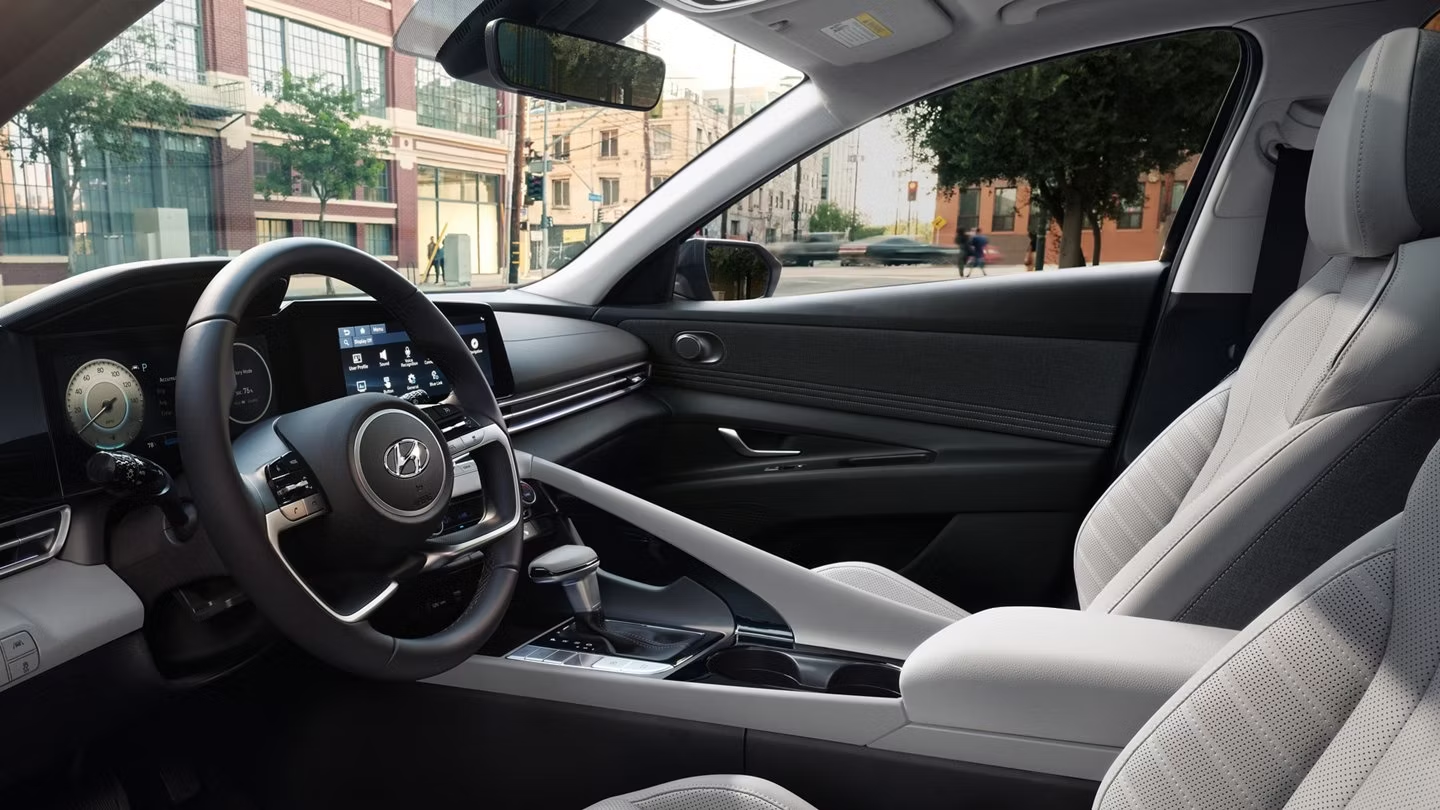
Car engine parts. Closeup 3d render
No matter if it’s due to an accident or regular wear and tear, parts will eventually need replacing on your car. With today’s advanced technologies and ample selections of parts available to choose from, there should be plenty of replacements available when the time comes.
There are thousands of companies worldwide manufacturing everything from individual nuts and bolts to complex systems, with their origins reaching all corners.
Battery
A battery supplies electricity to starters, spark plugs and other accessories using chemical reactions within its cells to produce power from acid solutions and plates containing its cells.
Car batteries are typically classified according to their cold cranking amps (CCA). The more amps a battery provides during cold conditions, the more likely it is to start your vehicle.
Car batteries typically use lead-acid battery cells with negative and positive plates separated by insulating separators, with electrons from one plate moving to the other through electrolyte solution to produce electricity.
AutoZone store associates can assist in selecting the appropriate battery based on its load and power needs for your vehicle. Most battery purchases come with what is known as a core charge – return your old one at most locations to get money back or store credit!
Alternator
At the front of your engine is your alternator, working alongside your battery and several essential auto parts to provide power for the electrical components in your car. Mechanical energy from a pulley-and-belt system powered by your crankshaft powers it; voltage regulators and brushes send electricity via slip rings from these voltage regulators and brushes directly to a rotor which then acts as an electromagnet, producing both alternating current and direct current charging processes.
If your battery or other electrical components of your car aren’t performing as they should, the alternator could be at fault. A dim dashboard or headlight, sputtering radio, or slowly-working accessories could all be telltale signs that it isn’t providing enough electricity; burning rubber odor may indicate this issue as well as belt slippage on pulley; this situation should always be checked by a technician immediately.
Axle
From giant 3-axle articulated trucks to miniature matchbox cars, any vehicle with wheels that moves likely has axles. An axle is typically defined as a shaft which holds one or more wheel or gear assemblies connected via powered wheel pairs and connects them to their drive system for powered wheel pairs. Furthermore, axles help absorb shocks from road hazards or obstacles as well as process any shockwaves generated from them; depending on its design it may even include vents to prevent heat build-up inside its housing.
Axles play an integral part in steering, driving and braking a car; thus making them integral components. Understanding their function is vital so you can identify any problems when it’s time for maintenance; there are various signs to look out for if your axle is no longer performing as it should; oftentimes squeaks or vibrations while driving can tell you something’s amiss!
Tires
Tires are among the most critical components of a vehicle. They play a vital role in supporting loads, transmitting traction forces to road surfaces and controlling direction of travel. Knowing basic tire components will save time and money at mechanic shops while helping ensure your car performs safely and as intended.
Tire tread or rubber that you see on your tires is only part of what makes up a tire; most of its structure consists of layers upon layers of materials designed to give it strength and performance capabilities.
Natural or synthetic rubber is the cornerstone of modern tires. Most rubber is harvested from trees through a tapping process and then processed into various tire compounds and components. One key part of a tire is its chafer: an extruded piece which wraps around its bead area to interface with wheels – helping keep air inside while also keeping your tire sitting where you want it!










